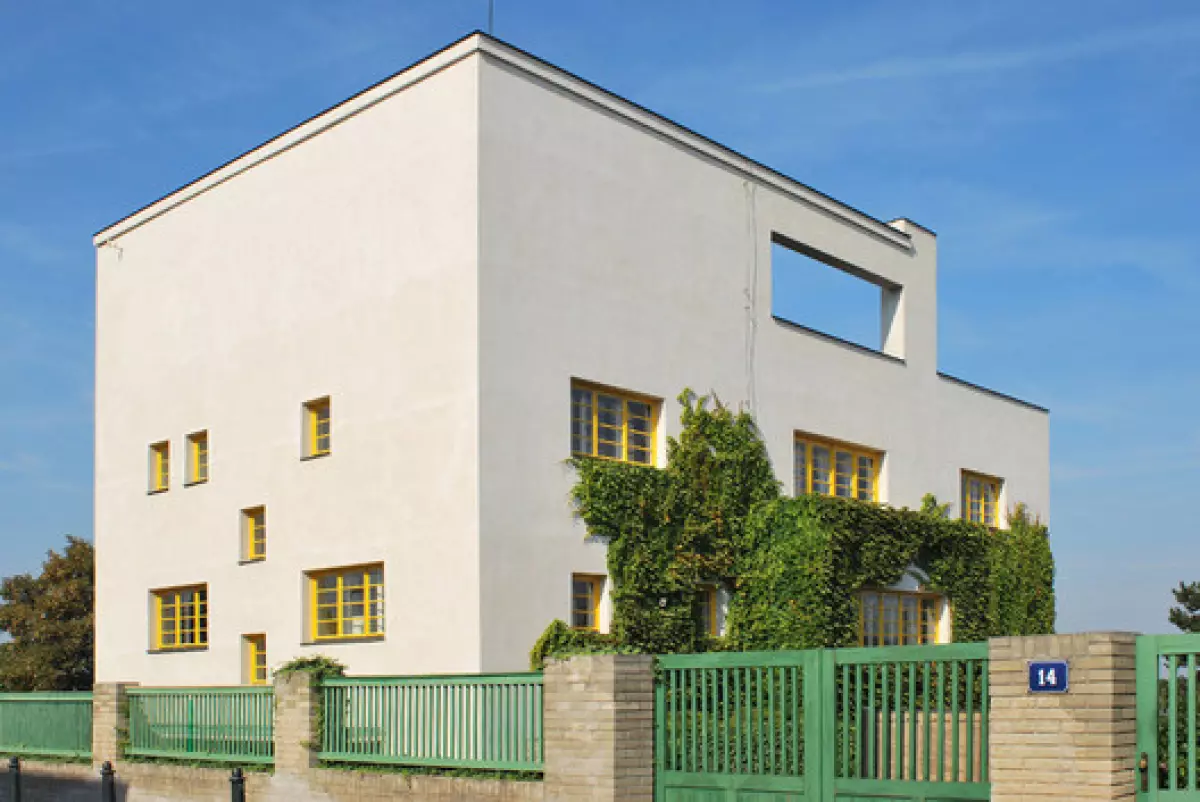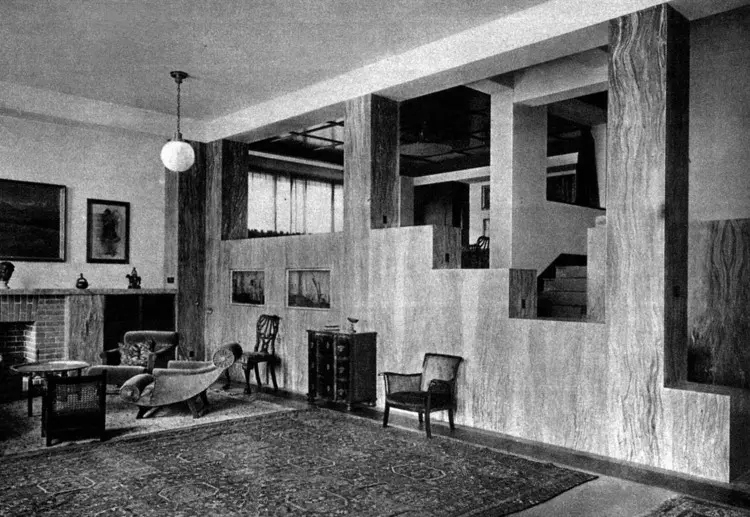 © Flickr User adamgut licensed under CC BY-NC-SA 2.0
© Flickr User adamgut licensed under CC BY-NC-SA 2.0
Throughout history, architectural styles have evolved, reflecting shifts in society, religion, and technology. One of the most influential figures in challenging tradition and shaping the modernist movement was Adolf Loos. He rejected excessive ornamentation in architecture, favoring simplicity and functionality. Loos's ideas continue to resonate today, a testament to his pioneering approach to European modernism.
Breaking Away from Tradition
Design in 20th-century Europe was undergoing rapid change, prompting architects to seek new ways to express themselves amidst societal transformations. Ornamentation had long been used to reflect cultural values and trends. However, in Vienna, the forefront of the Secession movement, Adolf Loos vehemently opposed excessive ornamentation. In his seminal essay, "Ornament and Crime," Loos argued that "the evolution of culture is synonymous with the removal of ornament from objects of daily use." He believed that simplifying design would positively impact human behavior, emphasizing the core values of modernism.

Embracing Flow and Functionality
Loos's influence extends beyond minimalist aesthetics. He was an avant-garde rationalist, prioritizing spatial flow and purpose over creating a sense of order. One of his iconic creations, Villa Müller, built in 1930, exemplifies this approach. With its plain facade and vibrant yellow window frames, the exterior conceals the dynamic spatial composition within. Each room adopts a unique style from different eras, enabling multiple uses. Villa Müller showcases Loos's raumplan, with rooms designed to fulfill diverse needs, featuring varying ceiling heights and strategic locations. The design encourages exploration, revealing the true essence of the home through three-dimensional cubes and sections rather than traditional plans.
 via Barnabas Journal
via Barnabas Journal
Loos described his approach to space, saying, "For me, there is no ground floor, first floor, etc... For me, there are only contiguous, continual spaces, rooms, anterooms, terraces, etc. Stories merge, and spaces relate to each other." His vision of seamless transitions and practicality set him apart as a design innovator.
Legacy and Influence
Loos's ideas, refined by architects like Le Corbusier and Mies Van Der Rohe, continue to shape modernist architecture. Their sleek, timeless designs prioritize form and function over excessive ornamentation. Loos's buildings are celebrated for seamlessly integrating with the modern individual's life, enhancing the human experience.
 © rkmarble.com
© rkmarble.com
In summary, Adolf Loos's revolutionary approach to architectural design laid the foundations of European modernism. By championing simplicity and functionality over ornamentation, he created spaces that continue to inspire and enrich the human experience. Loos's legacy endures, reminding us that great design always stands the test of time.

















